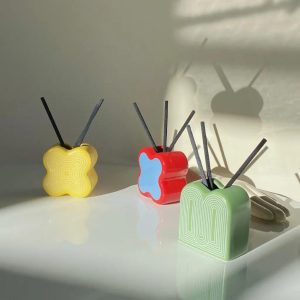
The Georges suspension is adjustable and firm under load, which means that it can be customized to fit various perambulators. It can also be made from aluminum, which makes it a versatile choice for wheelchairs and other mobility devices. This suspension is one of the most popular types of wheelchair suspensions. However, it’s not without its drawbacks.
Georges suspension is flexible under no load and firmer under load
The Georges suspension is flexible under no load and becomes firmer under load. The mechanism is based on a counter-strip. This counter-strip improves the results of the first variant and increases the hardness of the suspension. The counter-strip is located between the securing point of the strip spring and the pin of the body. As a result, the suspension becomes firmer under load as the downward force increases.
In a no-load state, the suspension is almost rectilinear. However, when the car is in a load-bearing position, the spring is bent and bears on the wheel’s axle at its “free” end. The spring is firmer under load because the fixed end of the strip spring comes into contact with the rounded part of the axle, thereby increasing its stiffness.
It can be customized
A customized suspension system allows the driver to choose the level of stiffness and ride height that is appropriate for varying road and driving conditions. The variable stiffness and ride height suspension systems work with the vehicle’s power input and bandwidth to maintain the desired performance. This is important for the driver since it can improve the vehicle’s handling and maneuverability.
It can be used for perambulators
The Georges suspension is a commonly used design for perambulators. The device has two modes of operation: flexible under no load and firm under load. The active part of the strip is shorter in the no load position than in the maximum bending position. This allows the device to provide greater comfort while perambulating.
It can be made of aluminum
Aluminum is a soft metal with a face-centered cubic crystal structure. This characteristic makes aluminum a ductile metal. It also resists corrosion well, largely due to the presence of a thin oxide film on its freshly polished surface. The film helps to prevent corrosion and makes etching difficult.
A study by Mayflower Consulting on automotive suspension components found that aluminum is used in 30% of the components. Steel and ductile iron are the other two major materials used in suspensions. The use of aluminum increased by 4% in the study. It is often used in front-end components such as the front steering knuckle in the 2020 Ford Ranger.
The examination of aluminum microstructures involves several steps including sectioning, mounting, grinding, and polishing. Depending on the material, it may be necessary to polish specimens or fasteners before proceeding with etching. Some intermetallic phases may require etching with HF solutions at a concentration of 0.5%.









